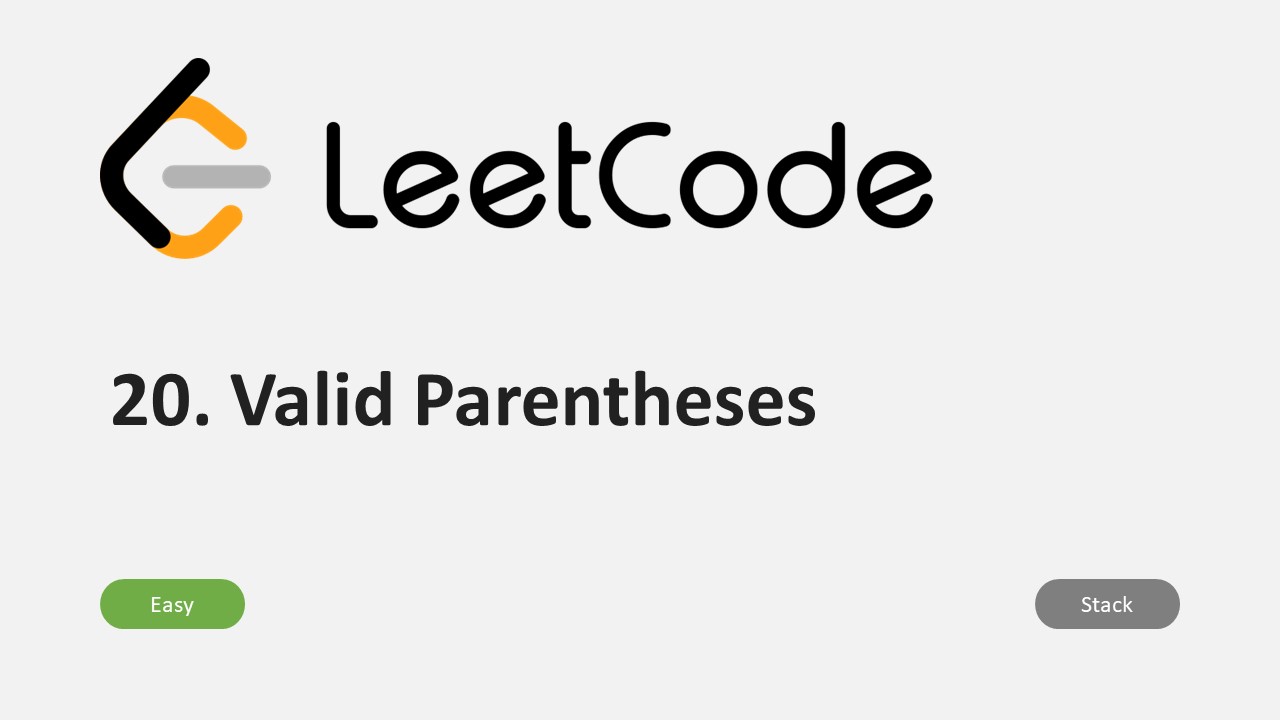接口
一般需要写5个文件:controller + model + service + serviceImpl + DAO
1. controller
一般由@RequestMapping和@ResponseBody构成
1
2
3
4
5
6
| @RequestMapping(value = "路径", method = RequestMethod.GET, produces = "名称/json;charset=utf-8")
@ResponseBody
public ApiResult appUserList(@RequestParam(value = "入参",defaultValue = "") 入参类型 入参)
{ApiResult apiResult = new ApiResult();
PageList<模型model> result = 对应的service.appUserList(入参之间逗号相隔);
return GenericApiResultUtil.getGenericOKResult(result);}
|
2. model
就是指定数据库的表名以及各栏位的名称,其次是一些get,set方法,模板:
1
2
3
4
5
6
7
8
9
10
11
12
13
| @SqlTable(name = "表名")
public class model名称(即该java文件名称) {
@SqlColumn(name = "栏位名")
private type name;
public long get栏位名() {
return 栏位名;
}
public UserInfoCache set栏位名(type 栏位名) {
this.栏位名 = 栏位名;
return this;
}
}
|
3. service
这里指service文件夹里的service.java文件(public interface)和service文件夹里嵌套的文件夹impl里的serviceImpl.java文件。
interface模板:
1
2
3
4
5
6
| public interface service名称 {
List<类型> 接口名();
void 接口名(model名称 方法);
PageList<model类名> 对应controller(参数类型 参数);
int 接口名(参数类型 参数);
}
|
4. serviceImpl
是service的执行,其模板:
1
2
3
4
5
6
7
8
9
| @Service
@Transactional(propagation = Propagation.REQUIRED)
public class service名称Impl implements service名称 {
private final UserInfoCacheDao userInfoCacheDao;
public service名称Impl(UserInfoCacheDao userInfoCacheDao)
{this.userInfoCacheDao = userInfoCacheDao;}
@Override
public PageList<model> 对应controller(参数类型 参数)
{return model名称Dao.接口名(参数类型 参数);}
|
5. DAO
结构模型:
1
2
3
4
5
6
7
8
9
10
11
12
13
14
15
16
17
18
| @Component
public class yournameDao extends baseDao<modelname>{
public PageList<modelname> impl中方法的返回值(参数类型 参数)
{String selectSql = "yoursql ";
SqlBuider whereBuilder = new SqlBuilder();
whereBuilder.append("where ...space ").args(参数);
SqlBuilder limitBuilder = new SqlBuilder();
limitBuilder.append("limit ?, ?").args((page - 1) * size, size);
String whereSql = whereBuilder.toString();
String countSql = "yoursql" + whereBuilder.toString();
List<yourmodel> list = ...querryForBeanList(selectSql + whereSql + limitBuilder.toString(), classname.class);
int total = ...querryForObject(countSql, Integer.class);
PageList<yourmodel> PageList = new PageList<>();
pageList.setList(list)
pageList.setTotal(total)
return pageList;
}
}
|




